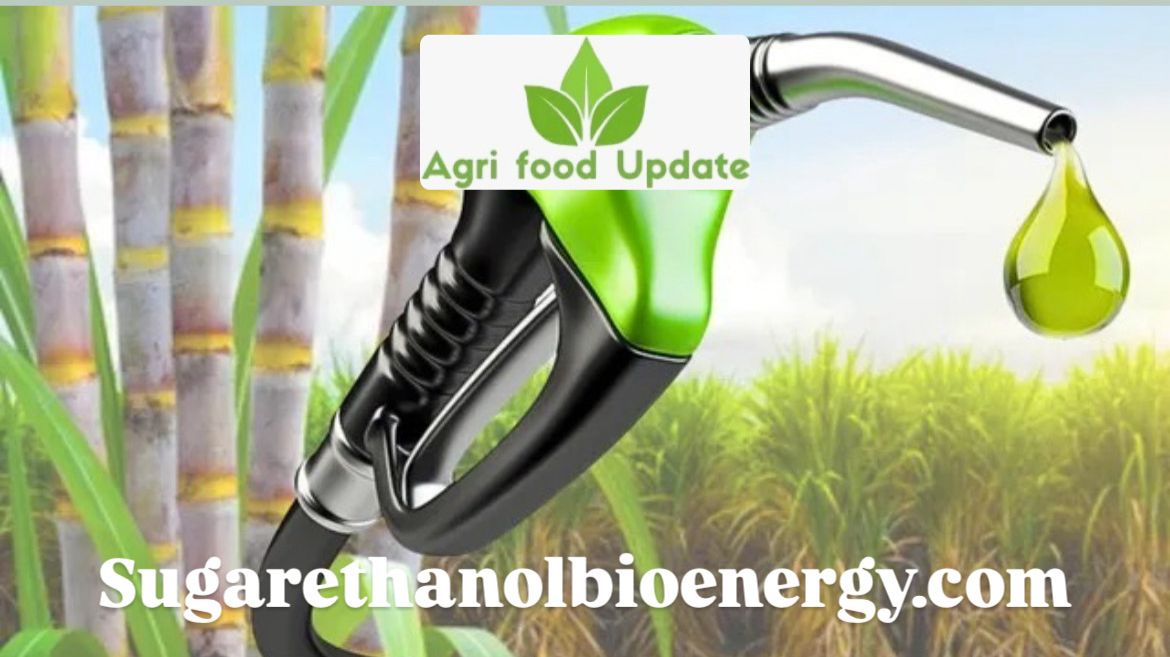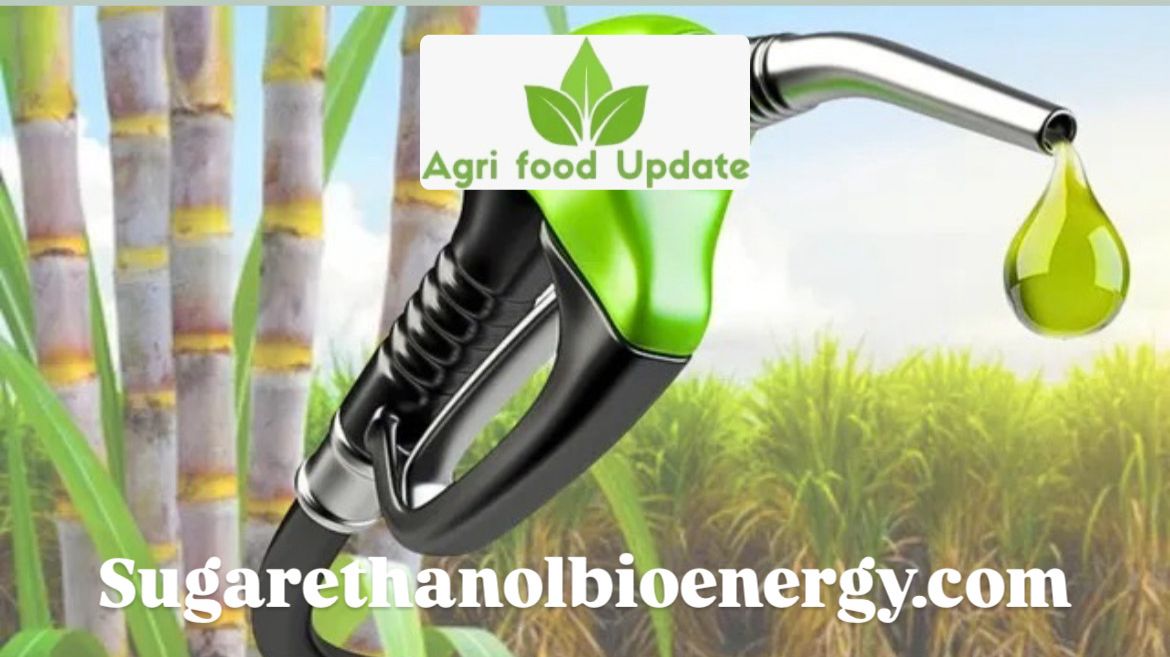
Over the years, India’s push for ethanol blending in petrol has delivered major gains — but growing pains in pricing and feedstock mix are now undercutting returns for many sugar mills.
✅ What’s Working: Progress & Investments
- The Ethanol Blending Programme (EBP) has surpassed its target of 20% blending ahead of schedule.
- Since 2018, there has been over ₹40,000 crore invested in ethanol production capacities — including in sugar‑based ethanol, molasses, distilleries etc.
- Policy shifts are helping: recently the government lifted caps on ethanol production from sugarcane juice, syrup, and all kinds of molasses for the 2025‑26 supply year. This gives more flexibility to mills.
⚠️ The Challenges: Sugar Mills Under Pressure
- While ethanol blending is up, sugar mills face pricing mismatches: the procurement prices for ethanol from sugarcane feedstocks (juice, molasses, syrup) haven’t kept pace with rising costs of sugarcane or the Fair & Remunerative Price (FRP). This erodes profitability.
- The mix of feedstocks has shifted significantly: grain‑based ethanol now dominates, while sugarcane’s share has fallen. Sugar mills are less able to compete, especially when alternative feedstocks yield better margins.
- Some estimates show sugar mills have under‑utilised ethanol capacity, because selling sugar directly (rather than diverting to ethanol) still looks more profitable under current pricing.
- The sugar sector is also seeing risks to financial health: rising arrears to farmers, tight cash flow, bank exposure in ethanol capacity investments, plus weak margins on sugar side.
🔍 What’s at Stake & Moving Forward
- The industry is pressing for revision in ethanol procurement prices, especially for sugarcane‑based sources, to restore alignment with rising cane costs.
- Allowing unrestricted production from sugarcane juice, syrup, and molasses is a welcome move. But its benefits depend on whether market prices reflect true cost and whether mills can shift their production accordingly. some private sugar mills claim they get lower preference in ethanol procurement compared to cooperatives or dedicated ethanol plants.



